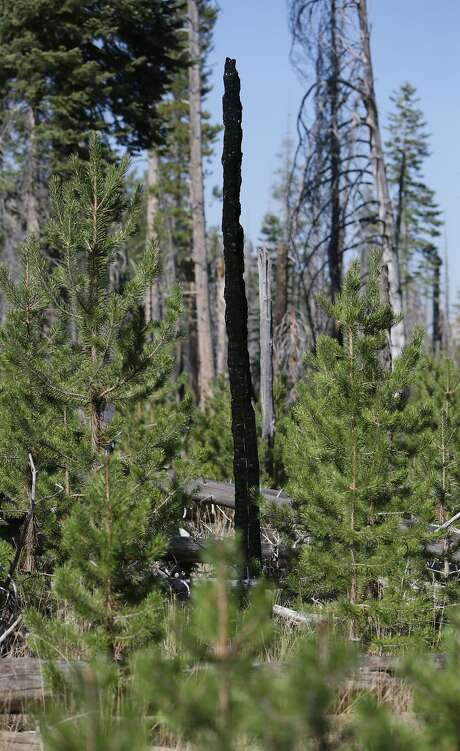
Tucked behind Half Dome, Mount Starr King and other natural walls of granite rock, the Illilouette Creek Basin in Yosemite National Park serves as one of just three areas in California where wildfires have been left to burn, for the most part, for decades.
There, Scott Stephens, a fire scientist from UC Berkeley, and fellow researchers have studied what happens when fires are allowed to burn, rather than repeatedly being put out.
Since such fires were reintroduced into the basin in 1974, Stephens said, more than 40 of them have transformed the area from a large, uniformly dense forest area, into a diverse array of sectioned vegetation — from grassland-like sections to thinned but intact woodlands.
Photos of the area from years before the fires showed a thick, continuous forest canopy “because of 100 years of suppression,” he said. “Today there are gaps — 3- to 4-acre openings throughout.”
In short, Stephens learned that allowing fires to burn tends to lead to more resilient forests, with smaller future fires and lessened impacts on the environment.
Now, in the midst of California’s record-breaking drought, and the devastating wildfire season that came with it this year, Stephens, with a group of six other fire researchers, is using what they’ve learned to urge officials to re-evaluate the way they manage wildfires.
Instead of traditional fire suppression techniques, Stephens and the other researchers want officials across the U.S. to fight fire with fire.
